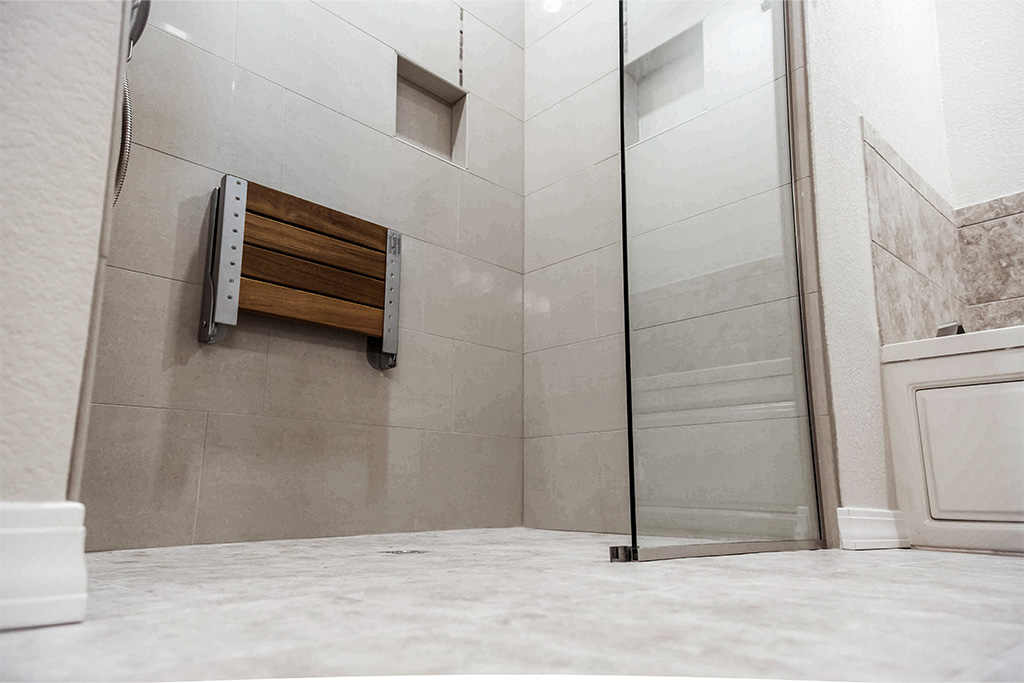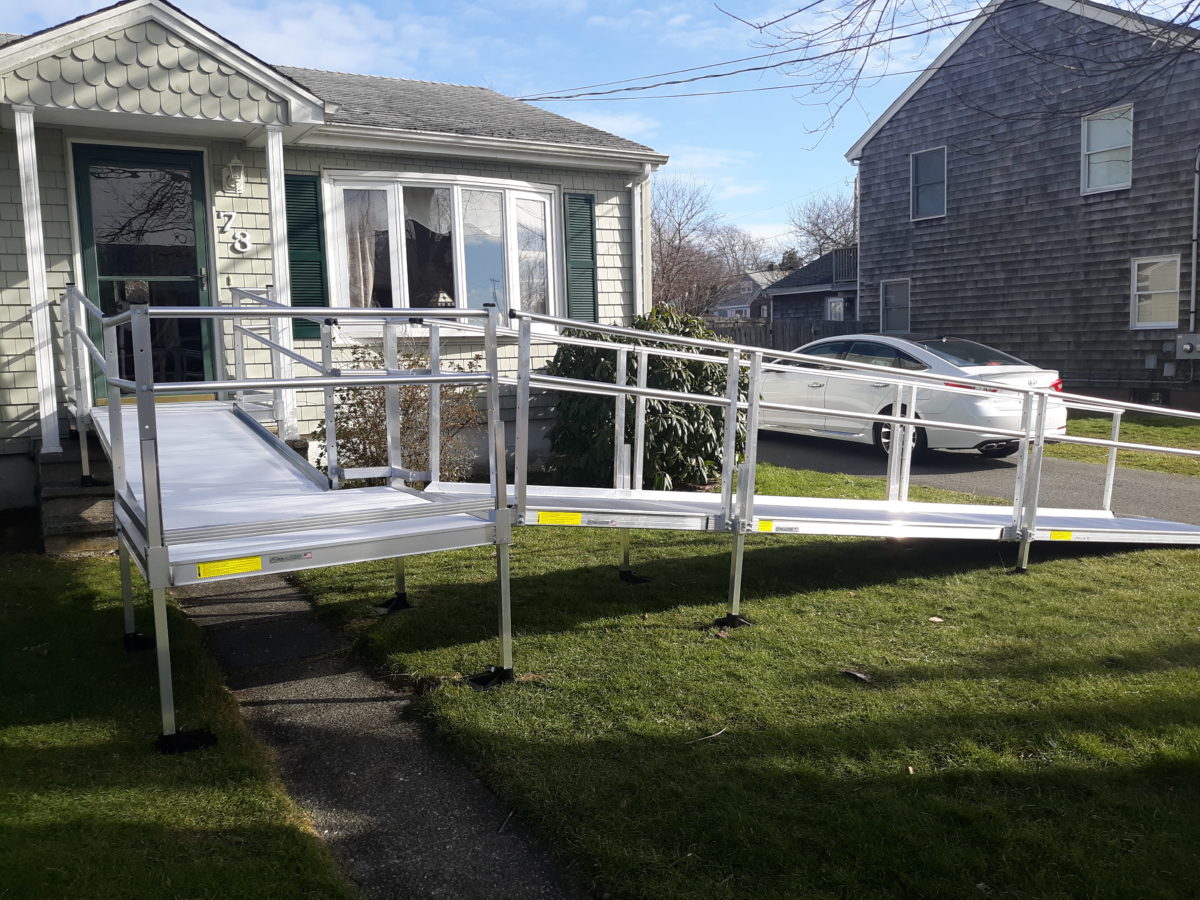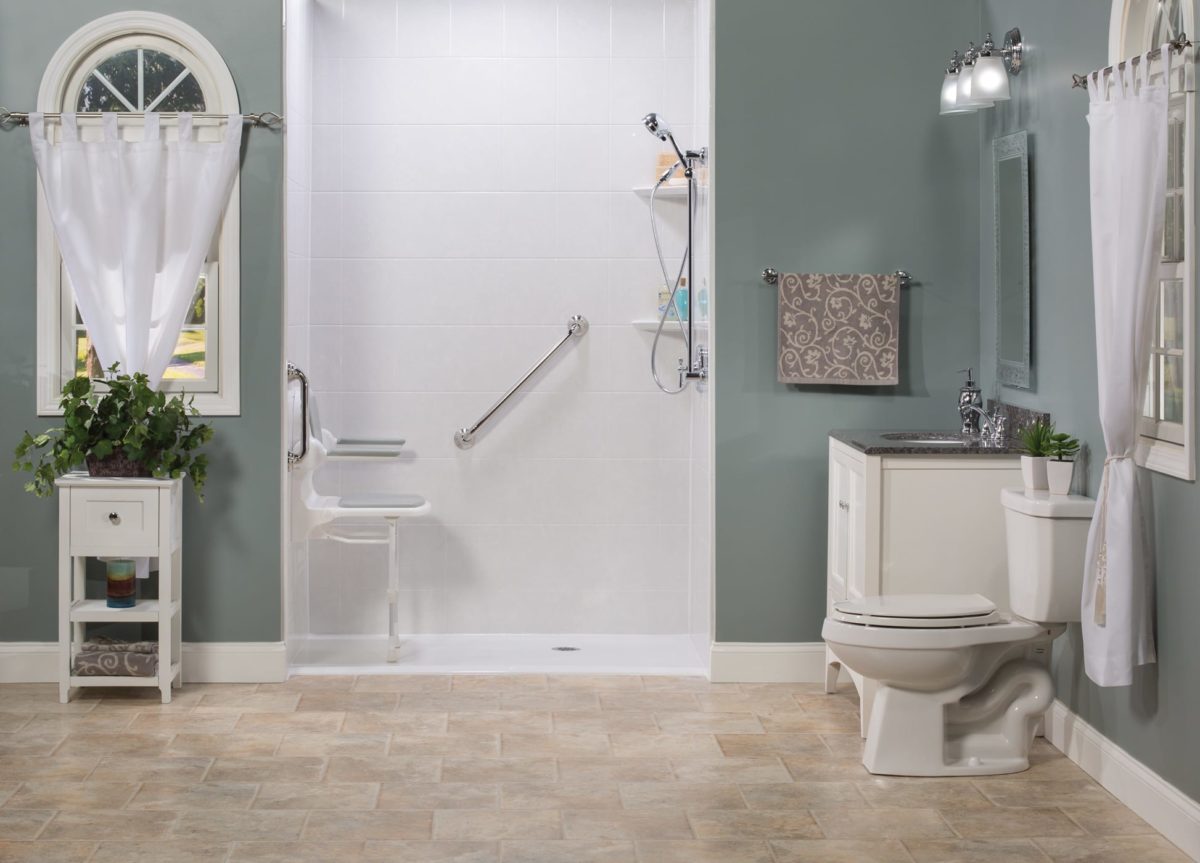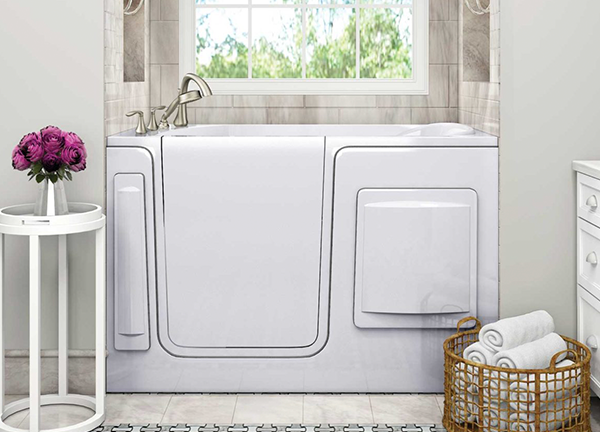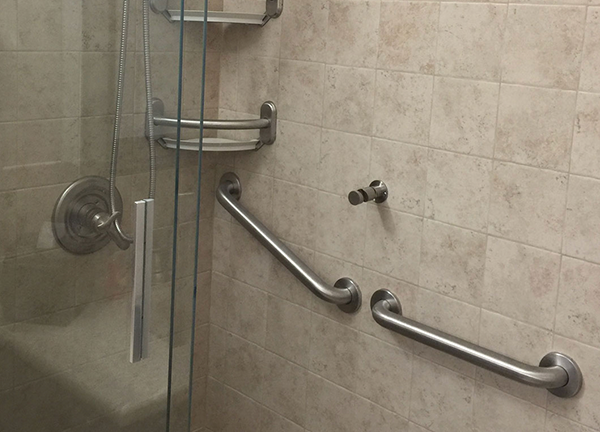When it comes to ongoing interior design trends, one of the most important shifts we’ve seen in recent years is a growing focus on accessibility. This is especially crucial in spaces that facilitate our daily personal care routines, such as bathrooms. With an aging population and a rising awareness of the needs of individuals with disabilities, creating a barrier-free bathroom goes beyond a design fad – it’s a fundamental step toward a more inclusive living environment. Home Mobility Pros aims to thoroughly examine the aspects involved in designing a bathroom that emphasizes accessibility, independence, and safety.
The Importance of Accessibility in Bathrooms
For many individuals, the idea of taking a simple, comfortable, and safe shower is a daily pleasure. However, for seniors, those with disabilities, or anyone facing mobility challenges, even basic bathroom use can be fraught with tension. A shift in design to afford accessibility takes into account a broad range of potential impediments. This isn’t just about widening doorways; it’s about creating spaces that anticipate and cater to unique needs. Hence, a bathroom that is barrier-free effectively extends a sense of freedom and self-sufficiency to those who might otherwise need assistance.
The benefits of an accessible bathroom can’t be overstated. Far from a mere convenience, it’s a matter of dignity, autonomy, and even health. According to studies, most incidents of falls for elderly individuals occur in the bathroom, and many can be ascribed to accessibility issues. By renovating with inclusivity in mind, we’re also minimizing the risk of accidents, which can lead to long-term complications. This proactive approach can relieve the anxiety that many individuals, as well as their caregivers, feel when approaching the challenge of bathroom tasks.
Design Considerations for a Barrier-Free Bathroom
Establishing a bathroom design that is universally accessible requires thoughtful planning. Below are key components to consider when reimagining your bathroom space:
Wheelchair Accessibility
One of the primary goals of an accessible bathroom is to ensure there is ample space for a wheelchair to maneuver. This means at least a 5-foot turning radius within the room, along with sufficient space at the sink and shower where a person can approach without obstruction.
Grab Bars and Handrails
Strategically placed grab bars and handrails are essential elements that offer support and stability. They should be installed near the toilet, shower, and bathtub at the right height for maximum assistance. Not only do they help with standing and sitting, but they’re also invaluable in the event of a loss of balance.
Non-Slip Flooring
Slip-and-fall accidents are a leading cause of injury for seniors. To combat this, non-slip flooring should be a standard feature in your new bathroom design. This might involve adding a textured surface to the shower floor and using slip-resistant materials throughout.
Shower Seats and Benches
Showers can be particularly hazardous for those with mobility issues. Integrating a shower seat or a fold-down bench provides a secure place to sit and can make the shower experience far less daunting.
Lever-Handled Faucets
Lever-handled faucets are much easier to manipulate than traditional knobs, especially for those with limited hand strength or who have difficulty with fine motor skills. Opting for touchless faucets, either through motion sensors or through technology like foot pedals, can further this ease of use.
Technological Solutions for Enhanced Mobility
In the modern era, technology has opened up a host of new solutions for accessible bathroom design. From sophisticated systems to simple gadgets, these advancements can transform the bathroom experience for those in need of mobility support.
Walk-In Showers
A walk-in shower, with its low or zero-threshold design, is a game changer for accessibility. Removing the need to step over a tub or raised edge significantly reduces the risk of tripping and falling. Additionally, these showers can often accommodate a roll-in option for wheelchairs, making them truly versatile.
Bidet Toilet Seats
Personal hygiene is often a challenge for individuals who have difficulty with mobility. Bidet toilet seats offer a hands-free cleaning option, helping to maintain hygiene and independence.
Smart Bathroom Fixtures
In the age of the internet of things, smart fixtures have evolved to offer not only increased convenience but also support for those who may need assistance. Smart showers and sinks that can be operated with voice commands or through a smartphone app provide a new dimension of autonomy.
Voice-Activated Controls
Voice technology in the bathroom can be particularly liberating, allowing control over temperature, lighting, and other features without the need to physically manipulate the environment.
Cost and Budgeting Tips for an Accessible Bathroom
While the upfront cost of remodeling a bathroom for accessibility may seem daunting, there are various avenues to explore that can make the project more feasible and affordable.
Grants and Financial Assistance Programs
There are a range of government and private grants available to assist with home modifications for individuals with disabilities. It’s worth investigating these options to see what support you might qualify for.
DIY Vs. Professional Installation
Certain modifications, such as installing a grab bar, can be tackled as DIY projects. However, more complex changes are best left to professionals to ensure a safe and compliant result.
Long-Term Cost Savings
It’s helpful to remember that an accessible bathroom is an investment in the long-term wellbeing of those who need it. By reducing the risk of injuries and falls, you may also be cutting the cost of medical bills and home care in the future.
Transformational Bathroom Renovations
To illustrate the real impact of a barrier-free bathroom, we explore two case studies where accessible design brought profound changes to daily life.
The Jones Family
Mr. and Mrs. Jones, both in their late 70s, had always dreamed of aging in place but faced challenges due to a traditional bathroom setup. Mr. Jones habitually struggled to step into the shower, and Mrs. Jones found it increasingly difficult to lower herself onto a standard toilet due to arthritis. After a complete bathroom renovation that incorporated a zero-threshold shower and a comfort-height toilet, both felt an immediate increase in their comfort and self-assurance. The installation of sturdy grab bars added an extra layer of security, allowing them to fulfill their daily hygiene needs with confidence.
Young Associates
Sarah Young, a rising executive, suffered a spinal cord injury that left her paralyzed from the waist down. Recognizing her need for a bathroom redesign, she opted for a dramatic overall that included a wheel-in shower, at-hand toiletry storage, and a sink with open knee space. The modern, stylish design not only catered to Sarah’s mobility requirements but also provided a space that felt luxurious and independent, reflecting her vibrant personality.
Creating a Barrier-Free Bathroom for Maximum Accessibility
For seniors, individuals with disabilities, and anyone facing mobility challenges, the benefits of a barrier-free bathroom extend far beyond its practical use. It provides a sanctuary of independence and comfort, a space where personal care is a source of peace rather than anxiety. By embracing the principles of inclusive design, we can create bathrooms that support everyone, no matter their circumstances, in leading fulfilling lives within their own homes.
In the quest for maximum accessibility, the creation of a barrier-free bathroom is one of the most significant steps a homeowner can take. It embodies a commitment to inclusion and a belief in the importance of personal dignity. Whether you’re an individual in need of an accessible design or a family member seeking to make a loved one’s life more comfortable, this guide has provided you with a blueprint for a transformation that’s as rewarding as it is necessary. Remember, an accessible bathroom is not just about mobility; it’s about fostering a sense of well-being and maintaining the highest quality of life possible.
If you’re inspired to begin your own bathroom transformation or need guidance on the best accessible solutions for your home, don’t hesitate to reach out to Home Mobility Pros. Our team is dedicated to designing spaces that not only meet your needs but exceed your expectations for comfort and independence. Contact us today to discover how we can tailor our services to create your perfect barrier-free bathroom. Your journey towards enhanced mobility and improved quality of life starts with a simple conversation. Reach out now – we’re here to help every step of the way.

